ECONOMY
Inflation Holds Steady At 3.7% In September
Published
7 months agoon

earnyourleisure/Instagram
U.S. consumer prices rose 3.7% in September, compared to a year ago, as inflation appears to be leveling off, according to data released Thursday from the Bureau of Labor Statistics.
The consumer price index rose 0.4% in September, compared to 0.6% in August, driven primarily by housing, followed by gasoline, the agency said. Core inflation, which includes all items minus food and energy, rose 0.3% in September, up 4.1% for the year.
Food prices rose 3.7% in September, in line with overall inflation. Gasoline was the primary driver of price increases in August, but slowed down in September. The gasoline index increased 2.1% in September, following a 10.6% surge the month before.
The shelter index accounted for more than half of the overall increase in September, up 7.2% compared to a year ago. The index rose 0.6% for the month, compared to 0.3% in August.
The cost of housing is fueling September’s increases as mortgage rates continue climbing, without a corresponding downward trend in home prices. U.S. mortgage rates climbed for the fifth consecutive week, the Federal Home Loan Mortgage Corporation, or Freddie Mac, said Thursday.
The average rate for a 30-year fixed-rate mortgage rose to 7.57% this week, compared to 7.49% last week. A 15-year fixed-rate mortgage averaged 6.89%, up from 6.78% last week.
Mortgage rates rose as ongoing market and geopolitical uncertainty continues to increase, Sam Khater, Freddie Macs Chief Economist said in a statement. The good news is that the economy and incomes continue to grow at a solid pace, but the housing market remains fraught with significant affordability constraints. As a result, purchase demand remains at a three-decade low.
The Federal Reserve last month decided to hold interest rates steady after 18 months of aggressive hikes, citing progress in its battle against inflation, but the U.S. added a stronger-than-expected 336,000 jobs in September.
The central bank maintained the target range for the federal funds rate at 5.25% to 5.5%. In a statement announcing the decision, the Fed said although inflation remained above its target of 2%, job gains had slowed.
But a hotter hiring environment could lead to another rate hike when the Federal Open Market Committee meets again on Oct. 31. The Fed said it will be looking at consumer prices and jobs data to determine whether further rate hikes are needed to combat inflation.
“We want to see convincing evidence really that we have reached the appropriate level, and were seeing progress and we welcome that. But, you know, we need to see more progress before well be willing to reach that conclusion,” Federal Reserve Chair Jerome Powell said at a press conference last month.
Finance expert Ted Jenkin cautioned Americans that while inflation might be on the decline, it doesn’t translate to actual price reductions.
Remember, when they say inflation is coming down it doesn’t mean prices are coming down. It just means they are going up slower. Consumers see that the cost of energy, food, and entertainment are growing much faster than this 3.7 percent, Jenkin, co-founder of Exit Stage Left Advisors, said.
Basically, at a 4% inflation rate, the cost of living doubles for Americans every 18 years. That’s what most people need to be thinking about when they design their financial plan. There’s a big difference in the numbers if you assume inflation is 3% or 4% over the long haul, Jenkin added. This continues to put tremendous pressure on the Fed. If inflation can’t march quickly toward the 2% number that the Fed would like to see, we should expect more interest rate hikes in the upcoming months.
TMX contributed to this article.
More Money + Investing
-


Bitcoin creator Craig Wright: I’m suing crypto exchanges Coinbase and…
-


Airbnb Reports Biggest and Most Profitable Quarter Ever
-


Judge orders Elon Musk to complete Twitter acquisition by October…
-


Elon Musk Says Twitter Is In The Fast Lane To…
-


FTX Customer Sues Golden State Warriors For Promoting Failed Exchange
-
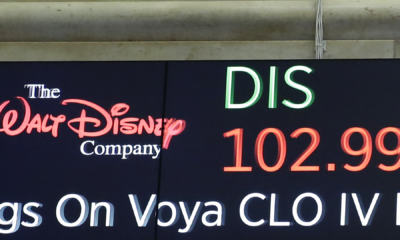

Disney Shares Drop On Forecast Of Slower Growth
-
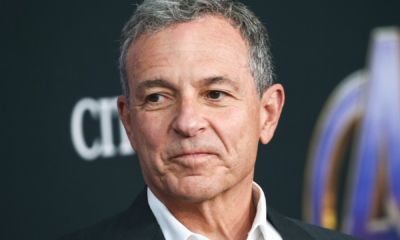

Disneys Bob Iger Starts Restructuring After Returning As CEO
-
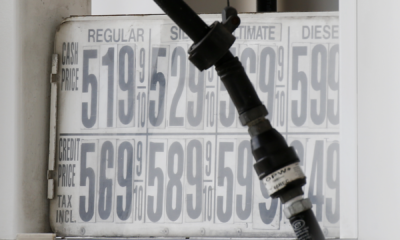

Oil price increases as Saudi Arabia suggests reducing production
-
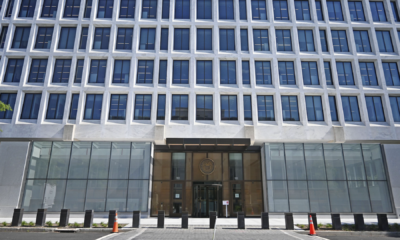

U.S. Core Inflation Hits 40-Year High
-


US Mortgage Rates Rise to 7.49%, Highest Level Since 2000
-
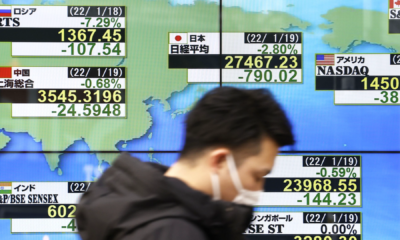

Asian Markets React To Loosening Covid Rules In China
-


Fed may decide to raise interest rates by 100 basis…
